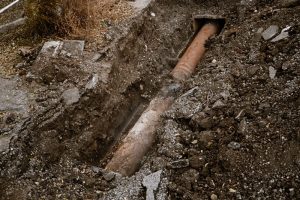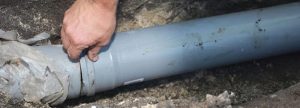How Long Does Trenchless Pipe Lining Take?
Trenchless pipe lining has revolutionized the way we address underground pipe issues, providing a modern and efficient solution without the need for extensive excavation. Understanding the duration of this process is crucial for those considering it as a viable option for pipe repair or rehabilitation.
The Trenchless Pipe Lining Process
Trenchless pipe lining, also known as cured-in-place pipe (CIPP) lining, is a method that involves rehabilitating existing pipes by creating a new, seamless pipe within the existing one. This innovative process eliminates the need for traditional digging, making it less disruptive and time-consuming than conventional pipe repair methods.
1. Inspection and Assessment
Before the lining process begins, a thorough inspection of the pipes is conducted. Advanced technologies such as CCTV cameras are used to assess the condition of the pipes, identifying any cracks, leaks, or blockages that may require attention. This step is crucial for creating a tailored plan for pipe rehabilitation.

2. Cleaning the Pipes
Proper cleaning of the pipes is essential to ensure the success of the trenchless pipe lining process. Specialized equipment is used to remove debris, scale, and other obstructions that may hinder the adhesion of the lining material. This step prepares the pipes for the application of the lining.
3. Lining Installation
The actual lining process involves inserting a flexible, resin-coated tube into the existing pipe. This tube is inflated and cured in place using heat or ultraviolet light, creating a durable and seamless new pipe within the old one. The result is a long-lasting solution that restores the structural integrity of the pipes without the need for excavation.
Duration
The time required for trenchless pipe lining depends on various factors, including the size and length of the pipes, the extent of damage, and the complexity of the project. In general, smaller-scale projects may take a few hours, while larger and more intricate installations could extend to a day or more.
It’s important to note that the trenchless pipe lining process is significantly faster than traditional methods that involve digging and excavation. The absence of extensive manual labor and the streamlined nature of the trenchless process contribute to its efficiency and shorter completion times.
Benefits
Beyond the relatively quick installation time, lining offers several benefits, making it a preferred choice for many property owners. These advantages include minimal disruption to landscaping, reduced costs associated with excavation, and a longer lifespan for the rehabilitated pipes.
In conclusion, lining is a modern and efficient solution for addressing pipe issues without the need for disruptive excavation. The duration of the process varies based on project specifics, but the overall efficiency and long-term benefits make it a compelling option for those in need of pipe repair or rehabilitation


